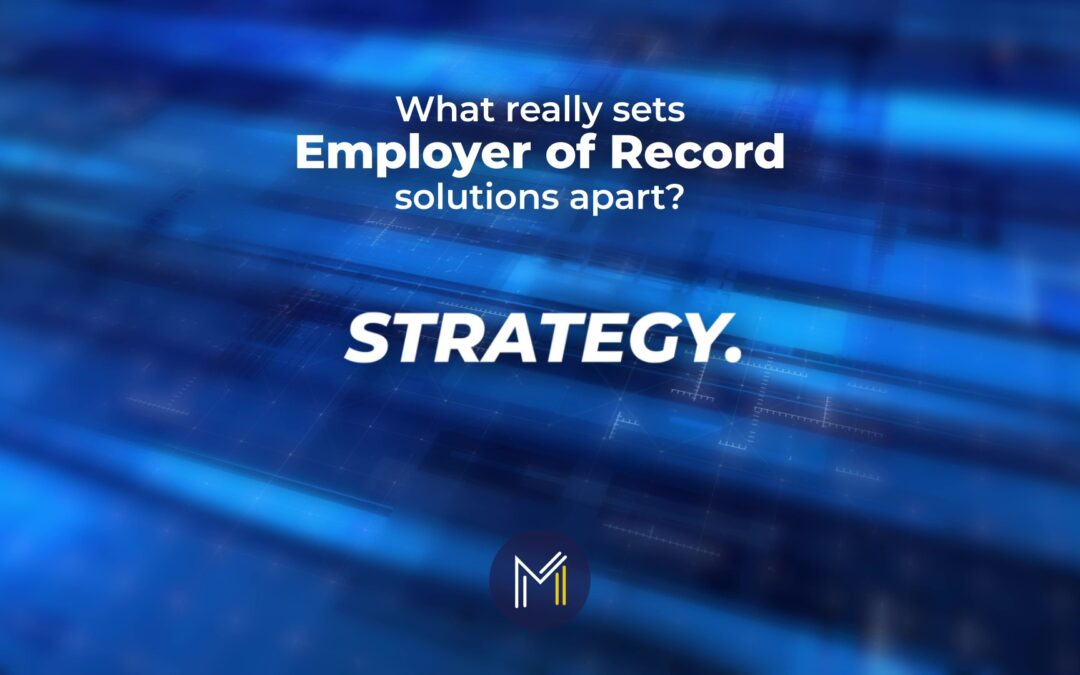It’s easy to assume that all Employer of Record (EOR) providers do the same thing — handle payroll, benefits, and onboarding. But that’s surface-level business. The real differences show up in how risk is managed, how responsive the provider is, and how aligned they are with your business and workforce strategy.
Here’s how you can tell a good EOR from a subpar provider:
𝗦𝘁𝗿𝗮𝘁𝗲𝗴𝗶𝗰 𝗖𝗼𝗺𝗽𝗹𝗶𝗮𝗻𝗰𝗲 𝘃𝘀. 𝗚𝗲𝗻𝗲𝗿𝗶𝗰 𝗖𝗼𝘃𝗲𝗿𝗮𝗴𝗲
✅ Compliance by jurisdiction (tax withholding, contractor classification, benefits administration, etc.)
🚫 Boilerplate processes that risk misclassification or audit failures in high-regulation states
𝗧𝗿𝗮𝗻𝘀𝗽𝗮𝗿𝗲𝗻𝘁 𝗦𝗟𝗔𝘀 𝘃𝘀. 𝗔𝗺𝗯𝗶𝗴𝘂𝗼𝘂𝘀 𝗧𝗶𝗺𝗲𝗹𝗶𝗻𝗲𝘀
✅ Tight onboarding turnaround times, support response SLAs, and clear escalation paths
🚫 Vague commitments with inconsistent follow-through
𝗕𝘂𝗶𝗹𝘁-𝗜𝗻 𝗦𝗰𝗮𝗹𝗮𝗯𝗶𝗹𝗶𝘁𝘆 𝘃𝘀. 𝗦𝘁𝗮𝘁𝗶𝗰 𝗠𝗼𝗱𝗲𝗹𝘀
✅ Anticipates growth — supporting cross-state onboarding, volume hiring, and multi-role compliance
🚫 Slows you down with manual processes and headcount bottlenecks
𝗧𝗮𝗹𝗲𝗻𝘁-𝗖𝗲𝗻𝘁𝗿𝗶𝗰 𝗦𝘂𝗽𝗽𝗼𝗿𝘁 𝘃𝘀. 𝗣𝗮𝘆𝗿𝗼𝗹𝗹-𝗢𝗻𝗹𝘆 𝗙𝗼𝗰𝘂𝘀
✅ Delivers real employee experiences: benefits education, onboarding support, workplace issue resolution, etc.
🚫 Invisible to the workforce until there’s already a problem



